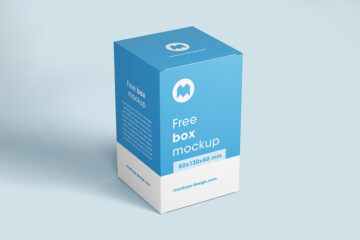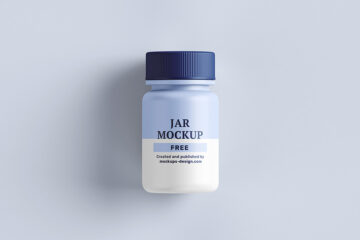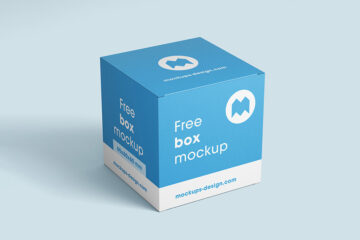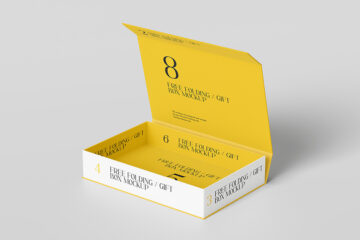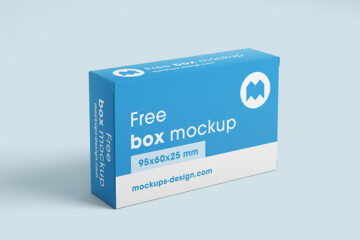Box mockups are indispensable tools in the arsenal of graphic designers. They offer a realistic portrayal of how a design would look when printed or manufactured on a physical box. However, to achieve the desired visual impact, it’s crucial for designers to tailor the dimensions of their box mockups meticulously. In this article, we delve into the significance of dimension customization in box mockups and offer insights on how graphic designers can master this aspect of their craft.
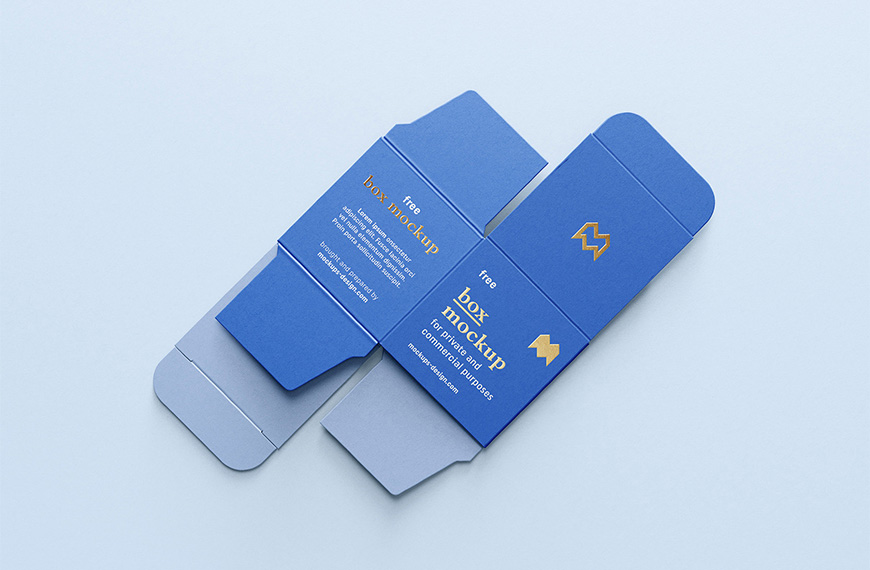
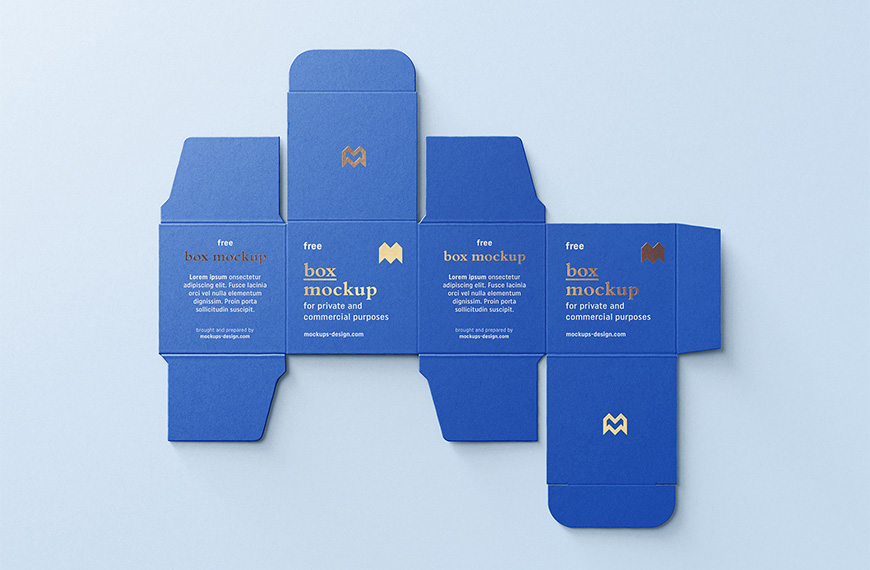
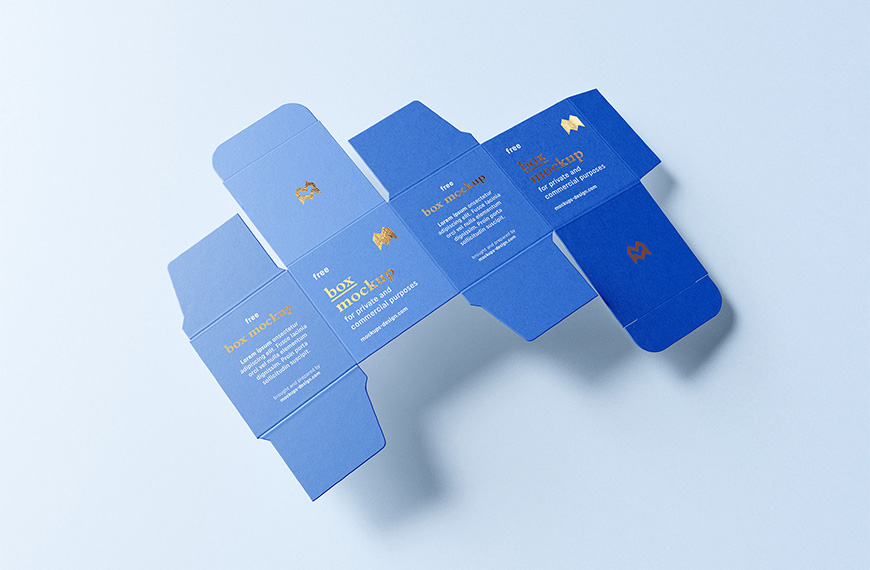
Understanding Box Dimensions
Before delving into customization, it’s imperative to comprehend the various dimensions of a box. The primary dimensions include length, width, and height. Additionally, factors like flaps, folds, and die-cuts contribute to the overall structure of the box. Each of these dimensions plays a vital role in determining how the final product will appear.
Importance of Dimension Customization
Customizing the dimensions of a box mockup is akin to tailoring a suit to fit perfectly. It ensures that the design aligns seamlessly with the physical parameters of the box. Failure to customize dimensions adequately may result in misalignment, distortion, or incomplete visualization of the design. This can significantly compromise the effectiveness of the mockup.
Factors to Consider
Box Type: Different types of boxes require varying approaches to dimension customization. Whether it’s a simple square box, a cylindrical container, or a complex die-cut packaging, understanding the inherent characteristics of each box type is essential.
Print Specifications: Designers must take into account the printing specifications provided by the manufacturer. These specifications often dictate the allowable dimensions and bleed areas, ensuring that the final printed product matches the intended design.
User Experience: Box dimensions also influence the user experience. A packaging design that is too bulky or cumbersome may deter potential customers, while one that is sleek and ergonomic enhances usability and appeal.
Brand Identity: The dimensions of a box contribute to the overall brand identity. Whether it’s conveying a sense of luxury, minimalism, or eco-friendliness, the size and shape of the packaging play a crucial role in shaping consumer perceptions.
Mastering Dimension Customization
Utilize Templates: Many graphic design software offer pre-made templates for various box types. These templates streamline the process of dimension customization, ensuring accuracy and consistency.
Mockup Testing: Before finalizing a design, it’s advisable to create multiple mockups with different dimensions. This allows designers to compare and contrast various options, ultimately selecting the dimensions that best complement the design.
Collaborate with Manufacturers: Communication with manufacturers is key to successful dimension customization. By consulting with manufacturers early in the design process, designers can gain valuable insights into technical constraints and optimization opportunities.
Stay Updated: The field of packaging design is constantly evolving, with new trends and technologies emerging regularly. Staying updated on the latest developments ensures that designers remain at the forefront of dimension customization techniques.
Conclusion
Customizing dimensions is a fundamental aspect of box mockup design for graphic designers. By understanding the importance of dimension customization, considering various factors, and mastering the necessary techniques, designers can create box mockups that not only showcase their design prowess but also resonate with audiences effectively. Ultimately, dimension customization elevates the art of box mockup design, transforming it from a mere visualization tool into a powerful vehicle for conveying brand identity and engaging consumers.
| Author | Mockups Design |
| File Type | .psd |
| Layered | Yes |
| Smart-Object | Yes |
| License | Commercial Use |


